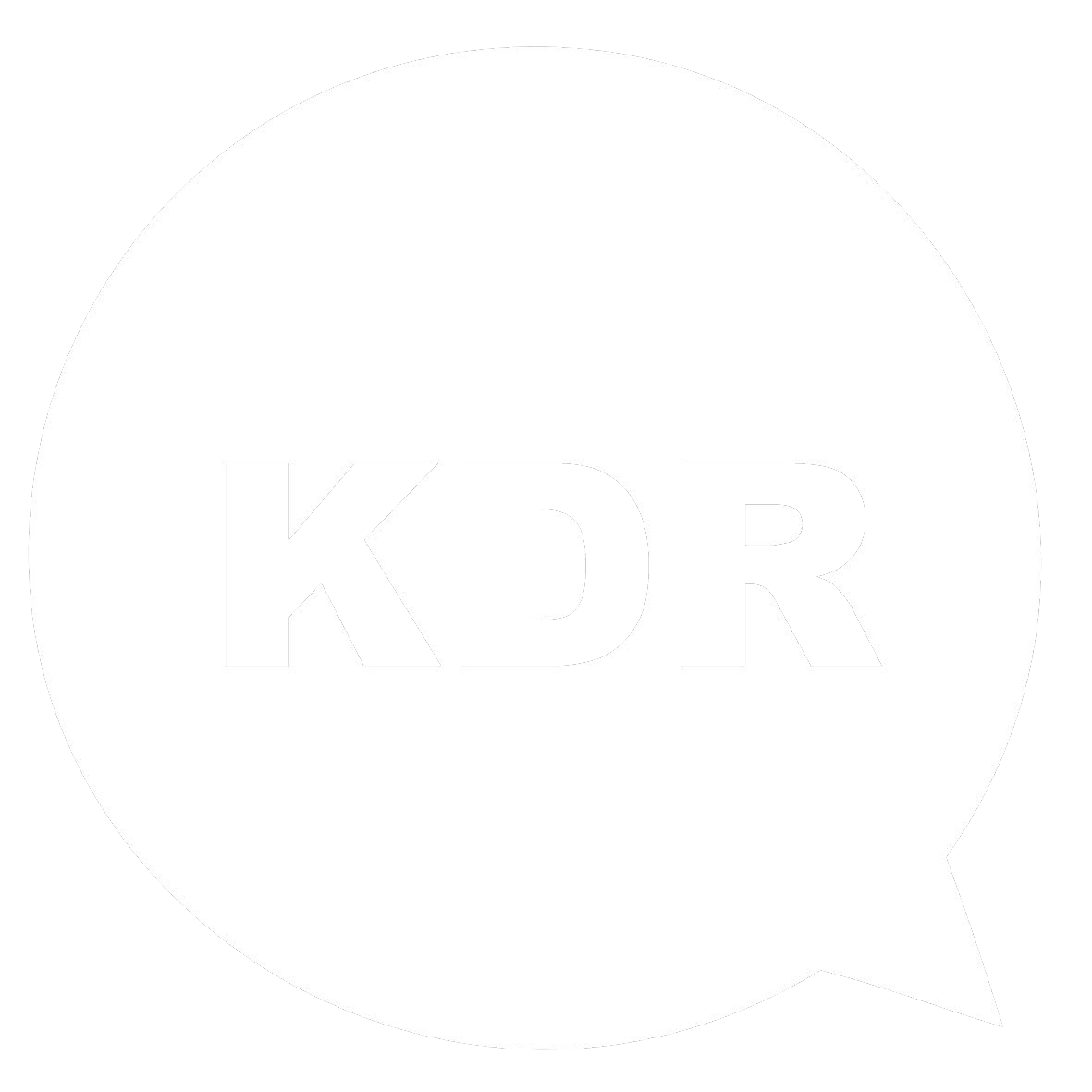Last week, Kim spoke at SDSU’s Public Relations Student Society of America (PRSSA) chapter meeting to share her story about starting KDR PR and to encourage students to let their passions drive career decisions.
All students had the chance to share their passions with the group, and then Kim shared her passion for arts and education, and how it led her to where she is today running KDR PR and growing STEAMConnect.org.
Most often, PR majors come out of college pursuing careers in hospitality, lifestyle and high tech, and several agencies in San Diego focus in these areas. Kim reminded the students that any company that has a public face needs a communications plan at some level, so even the most niche markets can present great opportunity. Education isn’t an area that many PR firms focus on, and even fewer (none that we’re aware of) focus on the intersection of arts and STEM in education.
As a PRSSA SDSU alumna, I was ecstatic to return to campus and participate in this discussion because I was fortunate enough to blend my passion for the arts with my career directly out of college.
Kim’s advice about following our passions had many students thinking differently about their paths. One student expressed her deep passion for dance, but hesitation to pursue it because she was told that “it wouldn’t pay the bills.” Kim’s story is definitely an example of how this is not true.

